Michael Alexander speaks to actress Blythe Jandoo who stars as Maggie in a new monologue – now entering its final week at Pitlochry Festival Theatre and inspired by a local monument.
On the north side of the B8062, almost a mile west of Dunning in Perthshire, there stands a haphazard pile of large stones topped off with a crude stone cross.
The imposing monument, standing nearly 20 feet high, bears the hand-painted inscription ‘Maggie Wall burnt here 1657 as a Witch’.
It is the only monument of its kind in Scotland dedicated to a single witch.
Between 1563 and 1736, around 4,000 people, mainly women, were tried for witchcraft in Scotland, and an unknown number, perhaps two-thirds of those accused, were executed as witches.
However, mystery surrounds the identity of Maggie Wall as there is no recorded evidence that Maggie herself even existed, let alone that this was the place of her death.
Some have suggested the monument was built by a local landowner who had been having an affair with a young woman from the village.
Others believe it may be linked to the executions of a group of women from Dunning who were tried for witchcraft in the 1660s.
Maggie Wall actress
One woman who visited the monument for the first time recently is acclaimed Scottish actress Blythe Jandoo.
She plays the role of Maggie Wall in The Maggie Wall, a new monologue by Scottish playwright Martin McCormick, which is inspired by the mysterious monument.
The play, now on at Pitlochry Festival Theatre, explores the vulnerability of women and injustices suffered by them in a patriarchal and closed community.
It resonates with contemporary experiences, as well as reminding about a chapter of Scottish and British history in which many innocent people were accused, tried and killed.
In interview with The Courier, Blythe explained that she wasn’t aware of the Maggie Wall memorial before the role came along.
But as soon as she found out about it, she was “completely intrigued”.
“I knew that women were accused of being witches and burned,” she said.
“But it was always sort of told in a kind of story way rather than ‘it really happened’ and the horror of what actually happened and what they went through.
“It’s pretty gruesome when you think about it.”
‘Eerie place’
Perthshire-based writer, actor and director Martin McCormick, who wrote The Maggie Wall script, has spoken about how he finds the monument not far from where he lives as a “genuinely an eerie place”.
The more he discovered about the site, the grizzlier the history of the monument’s significance became.
With its roots in events of centuries ago, the monument achieved notoriety during the trial of Moors murderers Ian Brady and Myra Hindley in the 1960s, when it emerged the pair had visited it during their killing spree.
It is still visited regularly by sightseers, many of whom leave small trinkets and offerings at its base.
Ramshackle
Blythe says that when she visited the monument, the first thing she thought about was the “ramshackle” nature of the huge boulders.
Most importantly, however, it made her feel that “real people” had put it together.
“It kind of reminded me that people would’ve missed these women who were killed, who were murdered,” she said.
“They’d left behind families. They were real. It made what happened real rather than folklore.”
While the church did keep quite extensive records of the women who were accused and trialled and killed for being a witch, she finds it “pretty spooky and mysterious” that there’s no record of Maggie Wall herself.
This adds to the belief by some historians that the monument could have been erected by the community as a memorial to honour all of the women executed, using Maggie as a mythical figure to represent those who were accused of witchcraft.
Remembering accused women
It’s this mind-set that Blythe has taken into performances at Pitlochry – that none of those women executed as ‘witches’ during the Scottish Witch Trials should ever be forgotten.
“In rehearsals we looked up the women of Dunning who were killed,” she said.
“We’d read out their names at the beginning of rehearsals and remember they were real people and this happened.
“That helps us get into it as we tell the story.
“But what people can expect from the play is to hear Maggie Wall’s story and how these women didn’t really have to do anything to be accused of witchcraft.
“It was really a power play from the church and the people in charge. Fear mongering and taking control.
“So the play is absolutely her voice – how she got there and how she gets to the stake.”
Solo performance
Blythe says being the sole cast member in a play is a first for her, which she finds “really exciting”.
At first she thought it would be difficult to learn all the lines.
But once she knew the story that needed telling, she said it “all comes out”.
Directed by Pitlochry Festival Theatre’s Associate Director Amy Liptrott, and filled with “olde worlde” language, Blythe describes the script as “brilliant” and that Maggie’s voice is “so clear” in the writing.
“The writing has really helped me to become Maggie,” she said.
“She’s got a really clear voice. She’s clever. She’s joyful. She’s intelligent. She’s curious, and that all comes through.
“It’s not been difficult to find her and to sort of become her actually.
“We can all tell stories of things that have happened.
“But in a way, with this, it’s her voice and she’s finally getting to say it all without interruption. I’ve really enjoyed it.
“And it won’t all be doom and gloom. There’s some joy in it as well!”
Witchcraft hysteria
Between the 16th and 18th centuries, a huge wave of witchcraft hysteria swept across Scotland.
Despite having a population approximately a quarter of the size of England’s, three times as many Scots were accused of witchcraft compared to their English neighbours.
This was four times the European average.
Several campaigns have been running in recent years for Scotland’s witches to be pardoned and for memorials to be erected.
In March, First Minister Nicola Sturgeon posthumously apologised to people accused of witchcraft. She said she was choosing to acknowledge an “egregious historic injustice”.
In May, the Church of Scotland apologised for its part in the persecution and execution of thousands of people, mainly women, who were accused of being witches during those times.
A motion agreed at the General Assembly called on the body to “acknowledge and regret the terrible harm caused” to those accused of sorcery and to “apologise for the role of the Church of Scotland…in such historical persecution”.
Asked whether she agrees with the need for apologies and pardons, Blythe says that “in terms of apologising for the past, there’s nothing we can do now”.
However, by telling their stories, remembering their names and recognising that it happened, she hopes society can learn and that these women will not be forgotten again.
“The saddest thing about Maggie’s story is that stuff like this is happening even now,” she added.
“Women are being killed walking down the street or just trying to get home from wherever they’ve been. It’s still not safe for women. That’s definitely true today.”
Blythe Jandoo’s career
Growing up in Edinburgh, Blythe started as a dancer. She did ballet when she was three and always enjoyed expressing herself through movement.
She went to the Lyceum Youth Theatre in Edinburgh, the National Youth Choir of Scotland then trained at The Dance School of Scotland in Glasgow for four years and subsequently The Arts Educational Schools, London.
Blythe’s theatre credits include Wizard of Oz (Sheffield Crucible), Peter Pan (Clyde Auditorium Glasgow) and Bend it Like Beckham (Toronto).
She featured in the Walt Disney Pictures Aladdin and Beauty and the Beast.
Blythe feels very lucky to have been performing in three shows at Pitlochry Festival Theatre in productions of Sunshine on Leith, Around the World in 80 Days and The Maggie Wall.
With them all being in different performing spaces – including Maggie Wall in the new studio – she laughs that she doesn’t get the shows mixed up while waiting in the wings.
When the Covid-19 pandemic struck, she was supposed to be in Pitlochry doing the 2020 season.
They kept busy for three months creating online content including readings on Zoom.
That’s something she really enjoyed.
“Just using your voice was something totally different because I’m such a physical actor,” she said, adding that she also ended up working for a while in a Covid testing centre.
Beauty of Pitlochry
She’s “thrilled” to be back, however, and working amid the beauty of Pitlochry is “such a joy, such a dream”.
“The schedule we have means there’s enough days off here and there to go on long walks or go swimming in the loch – we’ve done loads of wild swimming,” she said.
“We cycle everywhere. Waking up and looking at the hills. It’s just completely different to London. It’s brilliant to be up here!”
Her next job will be starring in Glasgow King’s Theatre’s pantomime Beauty and the Beast.
The Maggie Wall runs at Pitlochry Festival Theatre until September 29.
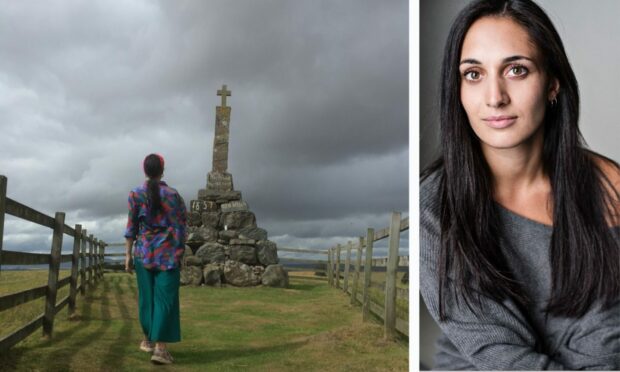
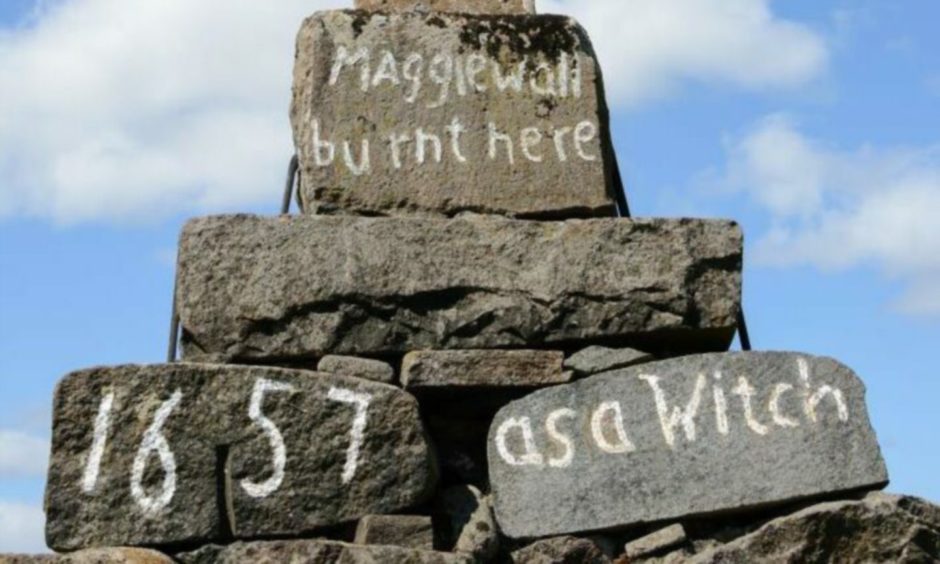
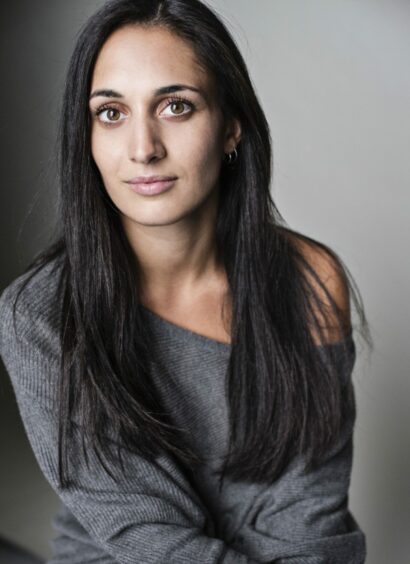
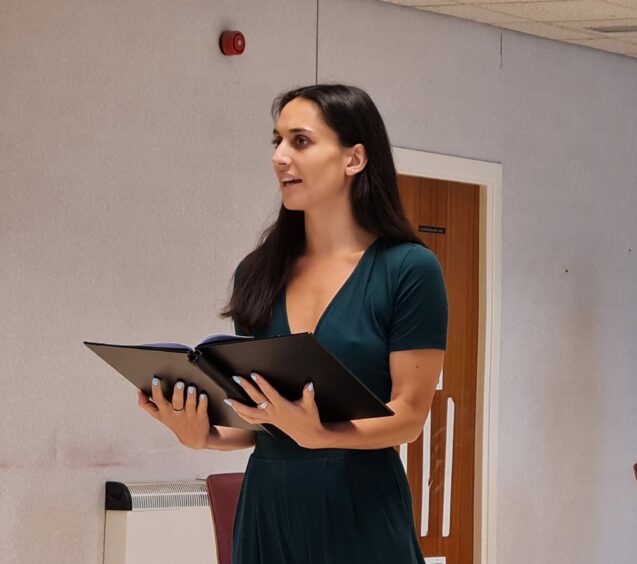
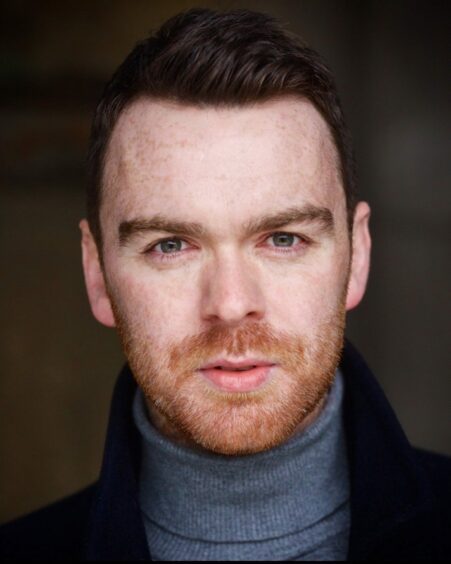
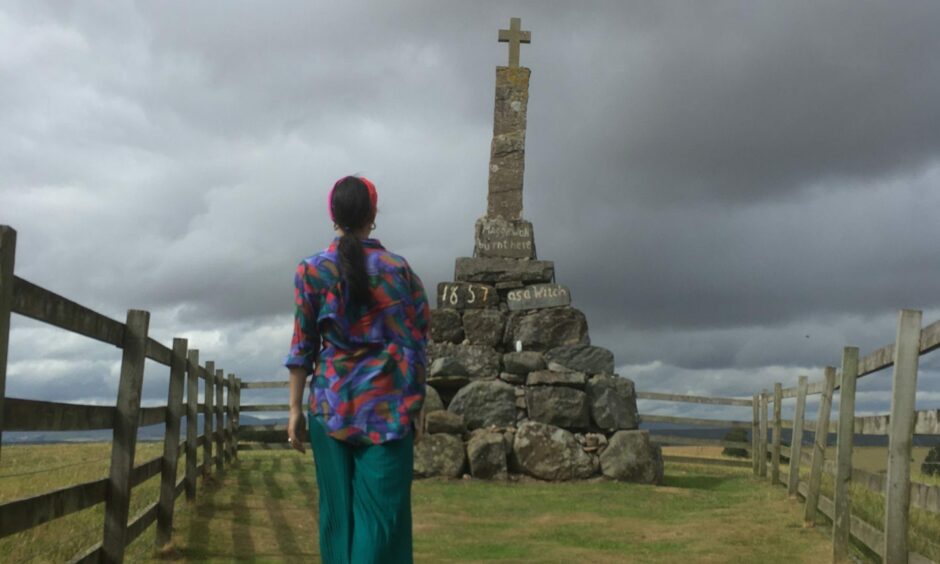
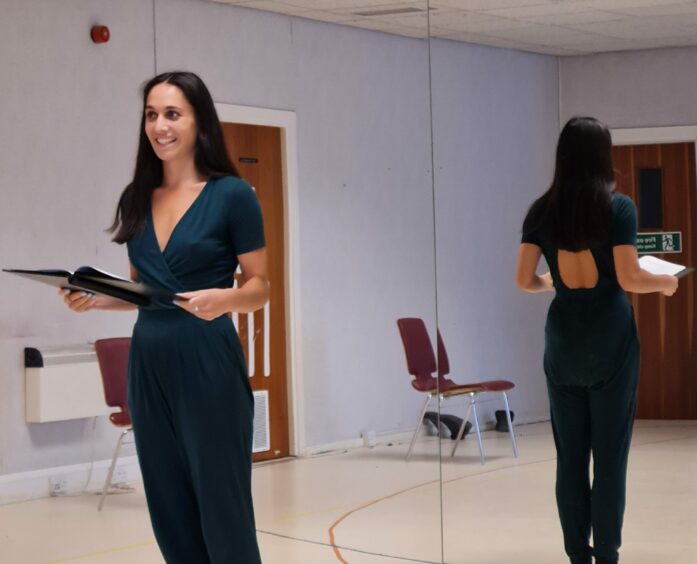
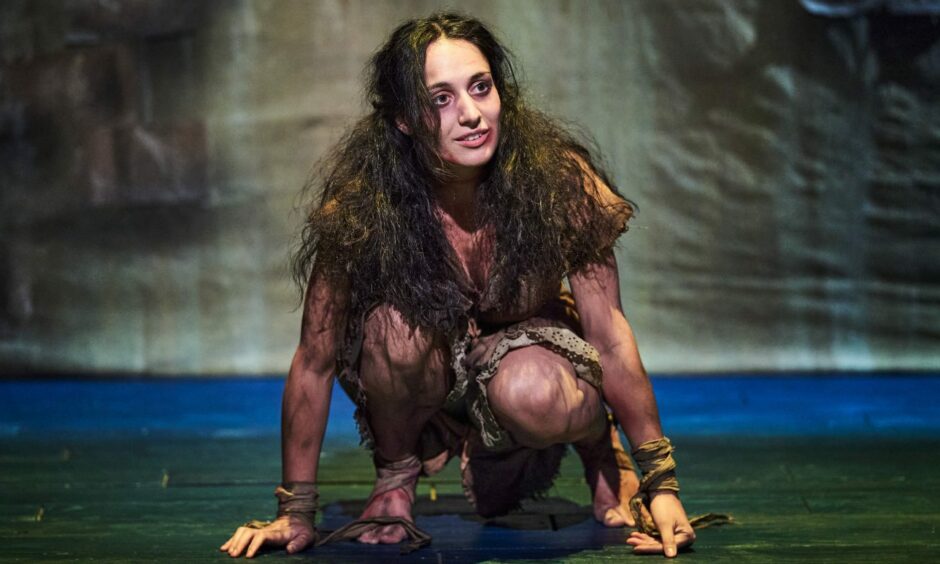
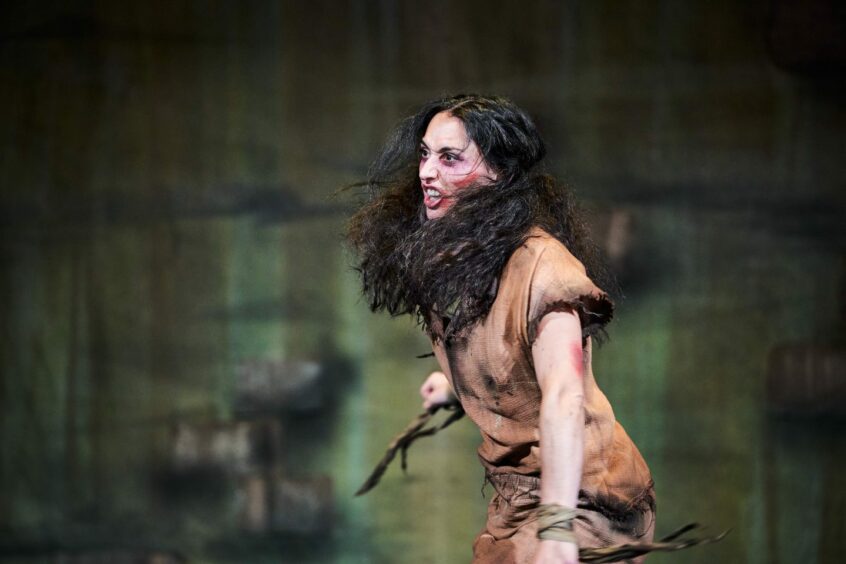

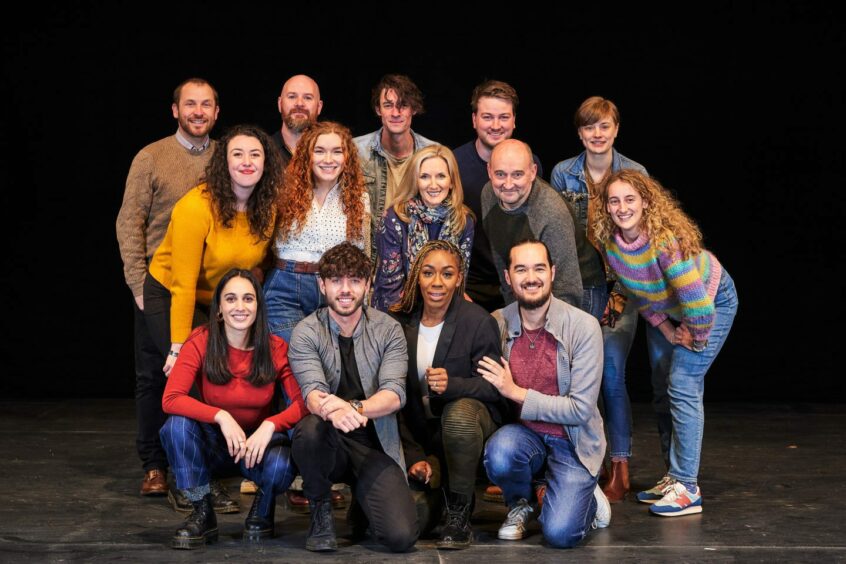
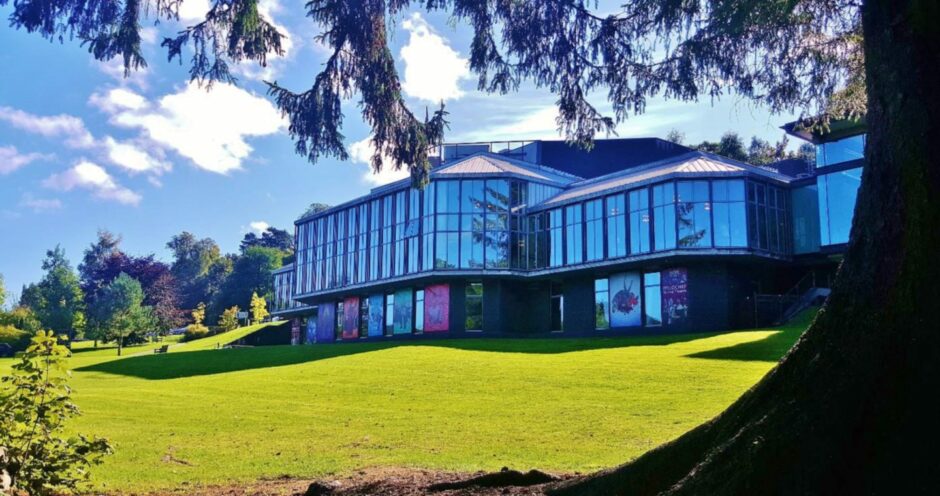










Conversation